Home>Garden Essentials>How To Grow Serrano Peppers From Seeds
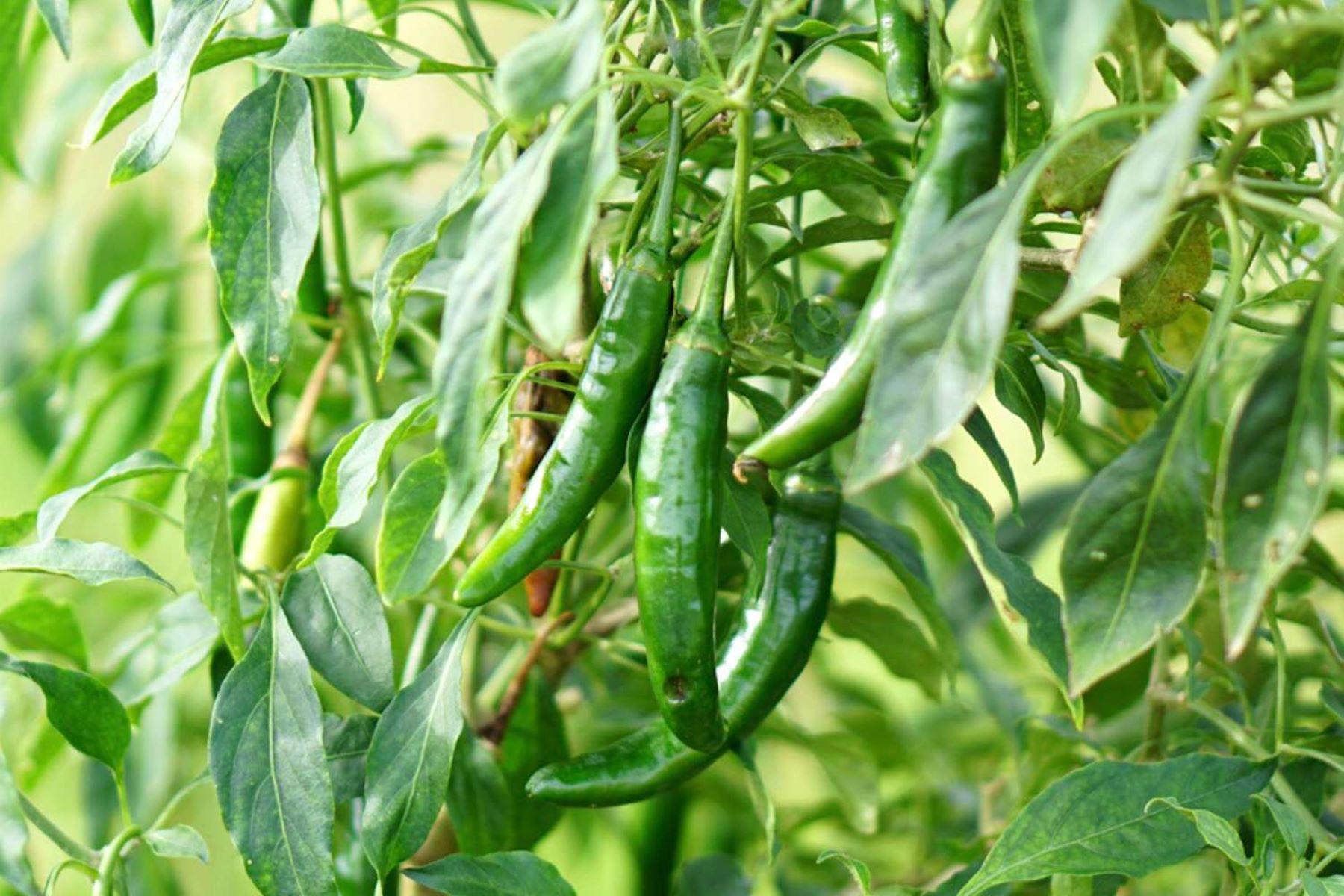

Garden Essentials
How To Grow Serrano Peppers From Seeds
Modified: March 16, 2024
Learn how to grow Serrano peppers from seeds and start your own garden. Discover tips and tricks for successful pepper cultivation.
(Many of the links in this article redirect to a specific reviewed product. Your purchase of these products through affiliate links helps to generate commission for Storables.com, at no extra cost. Learn more)
Introduction
Welcome to the world of growing your own serrano peppers! Whether you’re a seasoned gardener or a beginner just getting started, cultivating serrano peppers from seeds can be a rewarding and fulfilling experience. Serrano peppers are known for their spicy flavor and are a popular ingredient in many dishes around the world. By growing your own serrano peppers, you’ll have a fresh supply of these fiery delights right at your fingertips.
Before we dive into the process of growing serrano peppers from seeds, it’s important to understand a few key aspects. Serrano peppers are warm-season plants that thrive in sunny and warm climates. They require a long growing season, typically ranging from 70 to 90 days, before they are ready for harvest. Therefore, it’s crucial to start the serrano pepper seeds indoors several weeks before the last frost date in your area.
In this article, we’ll guide you through the step-by-step process of growing serrano peppers from seeds. We’ll cover everything from choosing the right seeds to troubleshooting common issues along the way. So, put on your gardening gloves and let’s get started on this spicy adventure!
Key Takeaways:
- Grow your own serrano peppers by choosing the right seeds, preparing the seed starting mix, and providing optimal growing conditions. Enjoy the spicy rewards of your own homegrown peppers in your favorite dishes!
- Troubleshoot common issues like pest infestations and fungal diseases to ensure the health and productivity of your serrano pepper plants. With patience and care, you can overcome challenges and enjoy a bountiful harvest of fiery, flavorful peppers.
Read more: How To Grow Peppers From Seed
Choosing the Right Seeds
When it comes to growing serrano peppers from seeds, selecting the right seeds is the first step towards success. Here are a few factors to consider when choosing serrano pepper seeds:
- Variety: There are several different varieties of serrano peppers available, each with its own unique characteristics. Common varieties include ‘Tampiqueño’, ‘Criolla’, and ‘Peten’. Research and choose a variety that suits your preferences in terms of heat level, flavor, and size.
- Seed Source: It’s important to choose high-quality seeds from a reputable source. Look for seeds that are fresh, untreated, and specifically labeled for the variety you want to grow. Buying from a trusted seed supplier or local nursery ensures the authenticity and reliability of the seeds.
- Organic vs. Non-organic: Consider whether you want to grow your serrano peppers organically or not. Organic seeds are produced without the use of synthetic fertilizers or pesticides, promoting sustainability and environmental friendliness.
Once you’ve chosen the right serrano pepper seeds, you’re ready to move on to the next step: preparing the seed starting mix.
Preparing the Seed Starting Mix
A nutritious and well-draining seed starting mix is essential for the successful germination of serrano pepper seeds. Follow these steps to prepare the perfect seed starting mix:
- Choose a Lightweight Medium: Start by selecting a lightweight medium that provides good aeration and drainage. A common mixture consists of equal parts peat moss, vermiculite, and perlite. This combination ensures moisture retention while preventing soil compaction.
- Add Organic Matter: Enhance the fertility of the seed starting mix by incorporating organic matter such as compost or well-rotted manure. Organic matter not only provides essential nutrients but also improves soil structure and water-holding capacity.
- Mix Thoroughly: Combine the peat moss, vermiculite, perlite, and organic matter in a large container or bucket. Use a garden trowel or your hands to mix the ingredients thoroughly until they are well-blended.
Once your seed starting mix is ready, moisten it slightly by adding water and mixing it again. The mix should be evenly damp but not overly wet. Remember to use clean containers or seed trays to prevent the risk of disease and fungal infection. Fill the containers with the prepared seed starting mix, leaving a small space at the top.
Now that your seed starting mix is prepared, let’s move on to the next step: sowing the serrano pepper seeds.
Sowing Serrano Pepper Seeds
Now comes the exciting part – sowing the serrano pepper seeds! Follow these steps to ensure successful germination:
- Moisten the Seed Starting Mix: Before sowing the seeds, make sure the seed starting mix is evenly moist. Water it gently and allow any excess water to drain out.
- Sow the Seeds: Create small holes or furrows in the seed starting mix, about 1/4 to 1/2 inch deep. Space the holes or furrows approximately 2 inches apart to give the seedlings enough room to grow. Place one or two serrano pepper seeds in each hole.
- Cover and Label: Gently cover the seeds with a thin layer of the seed starting mix to ensure proper soil contact. Use a misting bottle or a fine spray to moisten the top layer. Finally, label the containers with the date and variety of serrano pepper seeds sown.
- Provide Warmth: Serrano peppers require warm temperatures to germinate. Place the containers or trays in a warm location, ideally between 75 to 85°F (24 to 29°C). You can use a seedling heat mat to maintain a consistent temperature if needed.
- Ensure Proper Lighting: Serrano pepper seeds need ample sunlight or artificial light to germinate. If using artificial light, position the light source about 2 to 4 inches above the containers. Keep the lights on for 12 to 16 hours a day.
- Keep Moisture Levels Consistent: Check the moisture levels of the seed starting mix regularly. Water gently from the bottom if the mix feels dry. Avoid overwatering, as it can lead to fungal diseases and poor germination.
Within 7 to 14 days, you’ll start to see sprouts emerging from the soil. Once the serrano pepper seedlings have developed their first set of true leaves, it’s time to provide them with optimal growing conditions. We’ll explore this in the next section.
Providing Optimal Growing Conditions
As the serrano pepper seedlings begin to grow, it’s important to provide them with the right conditions for healthy development. Here are some key factors to consider:
- Temperature: Serrano peppers thrive in warm temperatures. Maintain a temperature range of 70 to 85°F (21 to 29°C) during the day and slightly cooler temperatures at night. Avoid exposing the seedlings to frost or extreme temperature fluctuations.
- Lighting: Serrano peppers require at least 6 to 8 hours of direct sunlight each day. If growing indoors, place them near a south-facing window or use grow lights to provide adequate light intensity.
- Watering: Keep the soil evenly moist, but be careful not to overwater. Allow the top inch of soil to dry out between watering to prevent root rot. Water at the base of the plant, avoiding getting the foliage wet.
- Fertilization: Once the seedlings have developed their second set of true leaves, begin feeding them with a balanced liquid fertilizer diluted to half strength. Apply the fertilizer every 2 to 3 weeks to promote healthy growth.
- Air Circulation: Good air circulation is essential to prevent diseases and strengthen the seedlings. If growing indoors, use a small fan to create gentle airflow around the plants.
- Transplanting: When the serrano pepper seedlings are about 6 to 8 weeks old and all chance of frost has passed, they can be transplanted into larger containers or your outdoor garden. Ensure the soil is well-drained to prevent waterlogging.
By providing the right growing conditions, you’ll encourage strong and robust serrano pepper plants. As the plants continue to thrive, they will soon be ready for transplantation. In the next section, we’ll discuss the process of transplanting serrano pepper seedlings.
To grow Serrano peppers from seeds, start them indoors 8-10 weeks before the last frost. Use a seed starting mix, keep the soil moist, and provide plenty of light. Transplant the seedlings outdoors after the last frost.
Read more: How To Grow Pepper Plants From Seeds
Transplanting Seedlings
Once your serrano pepper seedlings have reached a certain size and all risk of frost has passed, it’s time to transplant them into their final growing location. Follow these steps to ensure a successful transplant:
- Choose the Right Timing: Wait until the seedlings have grown to a size of 4 to 6 inches and have developed a strong root system. Transplant them outdoors after the danger of frost has passed and the soil temperature consistently remains above 60°F (15°C).
- Prepare the Soil: Select a sunny location in your garden with well-draining soil. Before transplanting, loosen the soil and remove any weeds or debris. Incorporate organic matter, such as compost, to enrich the soil and improve its moisture-holding capacity.
- Dig the Planting Hole: Dig a hole slightly larger than the size of the root ball of the seedling. Gently remove the seedling from the container or tray, being careful not to damage the roots.
- Planting Depth: Place the seedling in the hole, making sure the top of the root ball is level with the soil surface. Backfill the hole with soil, gently pressing it around the base of the seedling to secure it in place.
- Water Thoroughly: After transplanting, water the seedlings thoroughly to settle the soil and help them establish. Provide enough water to moisten the entire root zone, but be cautious not to overwater.
- Spacing: Space the serrano pepper seedlings about 18 to 24 inches apart to allow for proper air circulation and growth. This spacing also ensures that each plant receives adequate sunlight and nutrients.
Once transplanted, continue to provide the seedlings with optimal growing conditions. Regularly monitor soil moisture and water as needed. As the plants grow, it’s important to provide support in the form of stakes or cages to prevent them from falling over due to the weight of the peppers.
Now, you’re well on your way to growing healthy serrano pepper plants. In the next section, we’ll discuss how to care for your serrano pepper plants as they mature.
Caring for Serrano Pepper Plants
Caring for your serrano pepper plants is crucial to ensure healthy growth and a bountiful harvest. Here are some essential tips to keep in mind:
- Watering: Serrano peppers like consistent moisture, but they don’t like to sit in waterlogged soil. Water deeply once a week or whenever the top inch of soil feels dry. Avoid overwatering, as it can lead to root rot and other fungal diseases.
- Weeding and Mulching: Regularly check and remove weeds around your serrano pepper plants, as they compete for nutrients and water. Additionally, apply a layer of organic mulch around the base of the plants to suppress weeds, retain moisture, and regulate soil temperature.
- Fertilization: Serrano peppers are heavy feeders and benefit from regular fertilization. Apply a balanced fertilizer every 4 to 6 weeks throughout the growing season. Follow the instructions on the fertilizer package for dosages and application methods.
- Pruning and Pinching: To encourage bushier growth and higher yields, pinch off the top inch of new growth when the serrano pepper plants reach around 12 to 18 inches in height. This helps divert energy into lateral branching and fruit production.
- Pest and Disease Control: Monitor your serrano pepper plants regularly for signs of pests such as aphids or diseases like powdery mildew. If you spot any issues, address them promptly using organic pest control methods or appropriate fungicides.
- Support and Stake: As the serrano pepper plants grow taller and begin to produce peppers, provide support in the form of stakes or cages to prevent the plants from toppling over under the weight of the fruit. This also helps improve air circulation and reduce the risk of disease.
- Harvesting: Serrano peppers are typically ready for harvest 70 to 90 days after transplanting. The peppers should be firm and have reached their mature color, typically a vibrant green or red, depending on the variety. Use scissors or pruners to cut the peppers from the plant, leaving a short stem attached.
By following these care guidelines, your serrano pepper plants will flourish and reward you with a plentiful harvest of spicy peppers. However, sometimes issues may arise. In the next section, we’ll discuss common problems and how to troubleshoot them.
Harvesting Serrano Peppers
Harvesting serrano peppers is an exciting moment for any gardener. These fiery gems are best enjoyed when picked at the peak of ripeness. Here are some guidelines to help you know when and how to harvest serrano peppers:
- Timing: Serrano peppers are typically ready for harvest 70 to 90 days after transplanting. The exact timing will depend on the specific variety and growing conditions. Monitor the color and size of the peppers as they mature.
- Color and Texture: Serrano peppers can be harvested at different stages of ripeness, depending on your preference. If you prefer milder peppers, harvest them when they are green. For a spicier flavor, wait until they turn red. The peppers should feel firm and have a glossy texture.
- Harvesting Technique: To harvest serrano peppers, use scissors or pruners to cut the peppers from the plant, leaving a short stem attached. Be careful not to damage the plant or nearby peppers as you harvest.
- Continuous Harvest: Serrano pepper plants are prolific producers, so you can expect a continuous harvest throughout the growing season. Regularly check the plants for ripe peppers and harvest them to encourage new growth and fruit production.
- Storage and Usage: Freshly harvested serrano peppers can be used immediately in various culinary creations or stored for later use. Store unwashed peppers in a cool, dry place for up to a week. Alternatively, you can freeze, pickle, or dry the peppers to extend their shelf life.
Enjoy the fruits of your labor by incorporating homegrown serrano peppers into your favorite recipes. Whether you add a kick of spiciness to salsas, sauces, or stir-fries, these vibrant peppers are a flavorful addition to any dish.
Now that you know how to harvest serrano peppers, let’s move on to the final section where we’ll discuss common issues you may encounter during the growing process and how to troubleshoot them.
Troubleshooting Common Issues
While growing serrano peppers can be a rewarding experience, it’s not uncommon to encounter some challenges along the way. Here are some common issues you may face and how to address them:
- Pest Infestation: Aphids, whiteflies, and other garden pests can damage your serrano pepper plants. Use organic pest control methods such as insecticidal soap, neem oil, or introducing beneficial insects like ladybugs to combat these pests.
- Fungal Diseases: Serrano peppers are susceptible to fungal diseases like powdery mildew and root rot. Avoid overwatering, provide good air circulation, and ensure proper spacing between the plants. If needed, treat fungal diseases with appropriate organic fungicides.
- Improper Fruit Set: If your serrano pepper plants are flowering but not setting fruit, it could be due to low pollination. Aid pollination by gently shaking the plants or introducing pollinators like bees to your garden. In some cases, temperature extremes can also affect fruit set.
- Yellowing Leaves: Yellowing leaves can indicate nutrient deficiencies, overwatering, or pest infestation. Ensure your plants receive adequate sunlight, adjust watering practices, and use a balanced organic fertilizer to provide the necessary nutrients.
- Stunted Growth: If your serrano pepper plants are not growing as expected, it could be due to poor soil quality, improper watering, or lack of sunlight. Amend the soil with organic matter, adjust watering practices, and ensure the plants receive sufficient sunlight for healthy growth.
- Blossom End Rot: Blossom end rot is a common issue where the bottom of the peppers becomes discolored and leathery. It is often caused by calcium deficiency or inconsistent watering. Maintain consistent soil moisture and ensure proper calcium levels through fertilization or adding calcium-rich amendments.
By promptly addressing these common issues and implementing appropriate solutions, you can overcome challenges and ensure the health and productivity of your serrano pepper plants. Remember that gardening is a learning process, and with time, you’ll become more adept at troubleshooting and maintaining a thriving pepper garden.
Congratulations! You now have the knowledge to grow and care for serrano peppers from seeds. Get ready to enjoy the spicy delights that your own garden has produced. Happy gardening and happy cooking!
Read more: How To Grow Banana Peppers From Seeds
Conclusion
Congratulations on completing this comprehensive guide on growing serrano peppers from seeds! By now, you have learned important steps and considerations, from choosing the right seeds to troubleshooting common issues. With the right approach and care, you can enjoy the satisfaction of watching your serrano pepper plants thrive and yield a bountiful harvest of fiery, flavorful peppers.
Remember, growing serrano peppers is a journey that requires patience and attention to detail. It’s essential to provide optimal growing conditions, including proper lighting, watering, and fertilization. Regularly monitor your plants for signs of pests or diseases and take immediate action to mitigate any issues. With diligent care and a little bit of luck, you’ll be rewarded with an abundant harvest of spicy peppers.
Don’t forget to enjoy the process as well! Gardening is a wonderful way to connect with nature and experience the satisfaction of growing your own food. Experiment with different culinary creations that highlight the unique flavor and heat of serrano peppers. Share your harvest with friends and family to spread the joy and spice up their meals.
Lastly, never stop learning and improving your gardening techniques. Each year brings new insights and opportunities to expand your gardening skills. Take note of your successes and challenges and apply those learnings to future growing seasons.
Now it’s time to roll up your sleeves, gather your gardening tools, and embark on this spicy journey of growing serrano peppers from seeds. With dedication and a love for gardening, you can cultivate a thriving pepper garden that will provide you with an abundant and satisfying harvest. Happy gardening!
Frequently Asked Questions about How To Grow Serrano Peppers From Seeds
Was this page helpful?
At Storables.com, we guarantee accurate and reliable information. Our content, validated by Expert Board Contributors, is crafted following stringent Editorial Policies. We're committed to providing you with well-researched, expert-backed insights for all your informational needs.
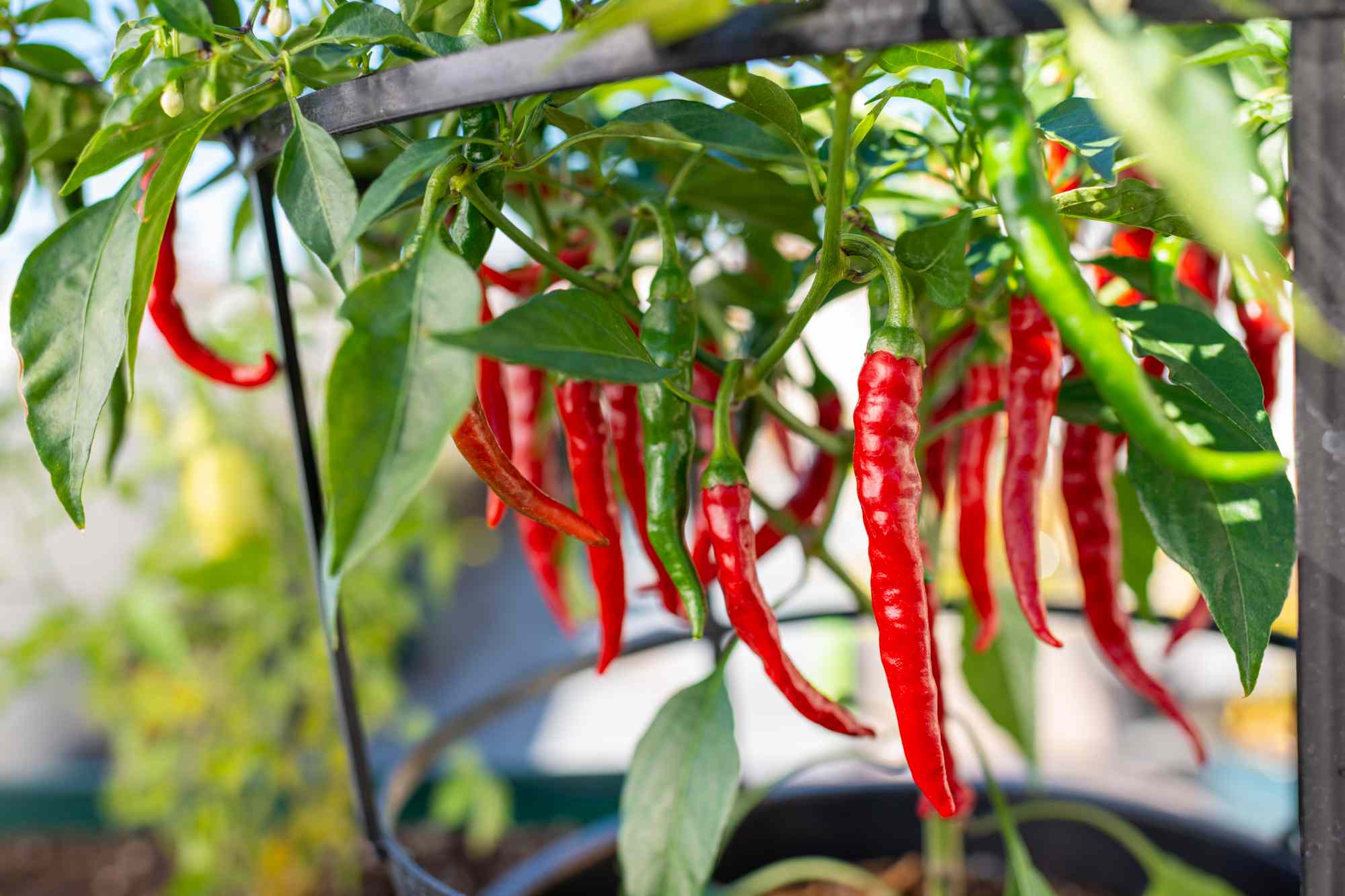
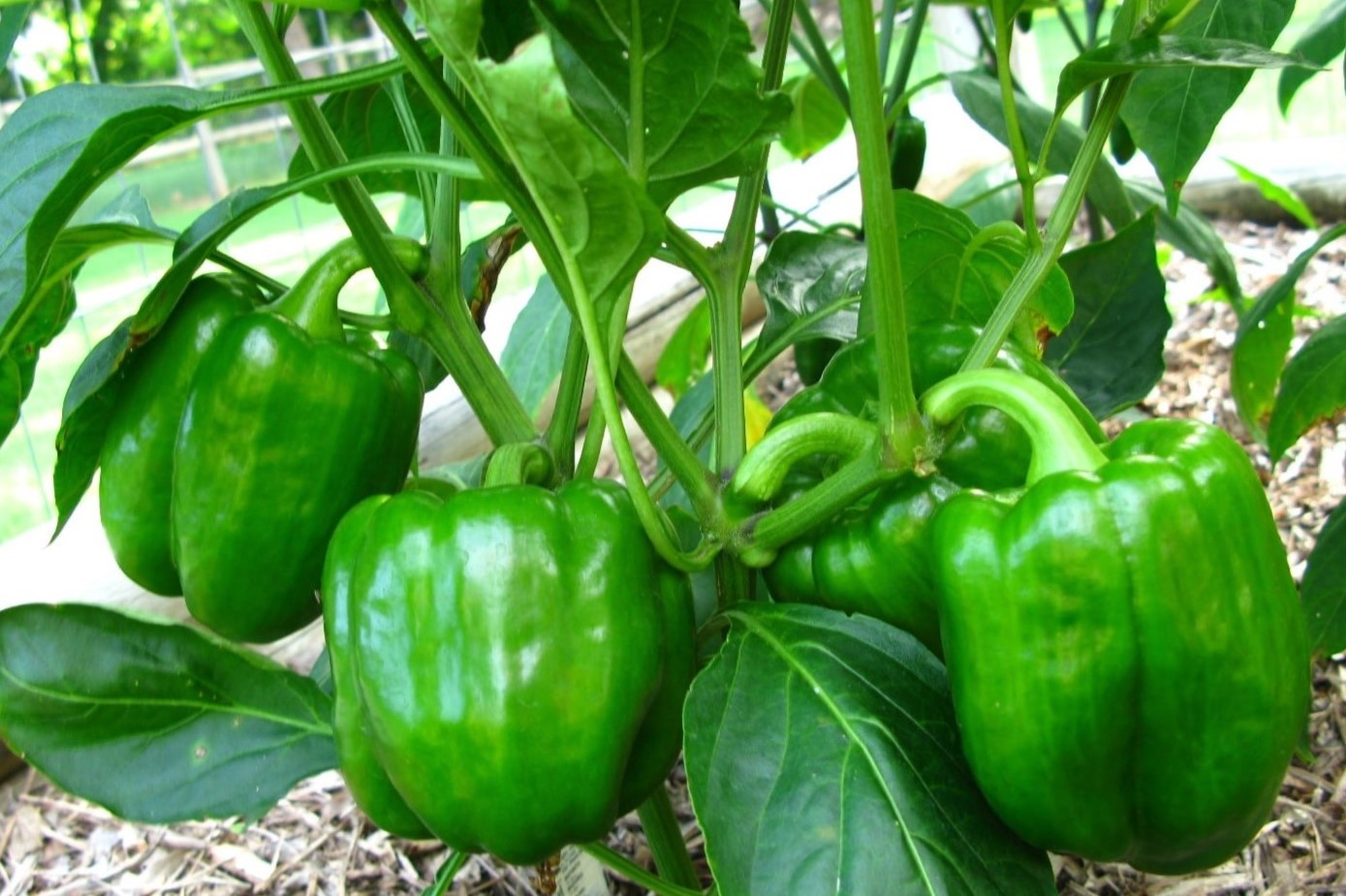
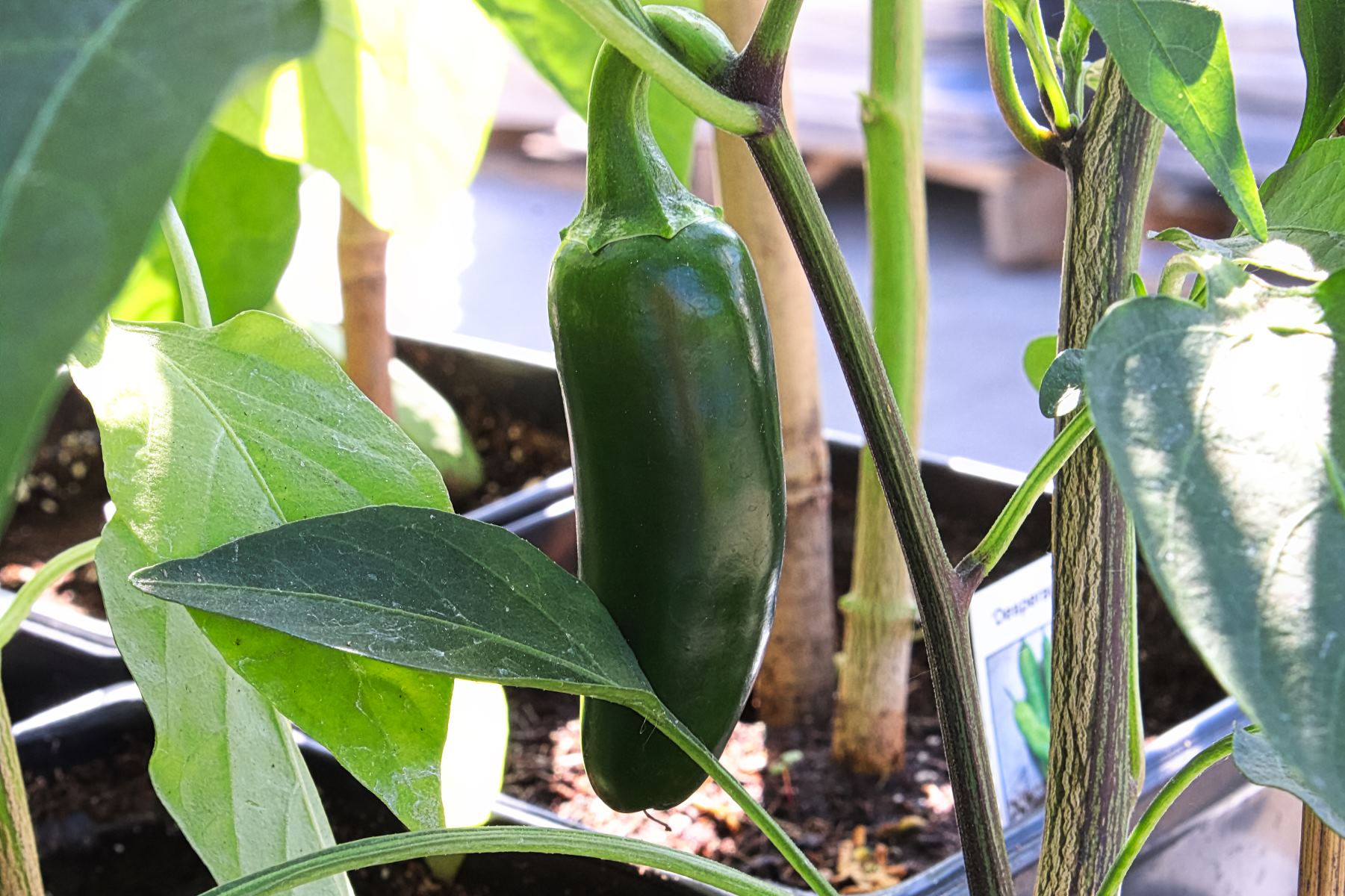
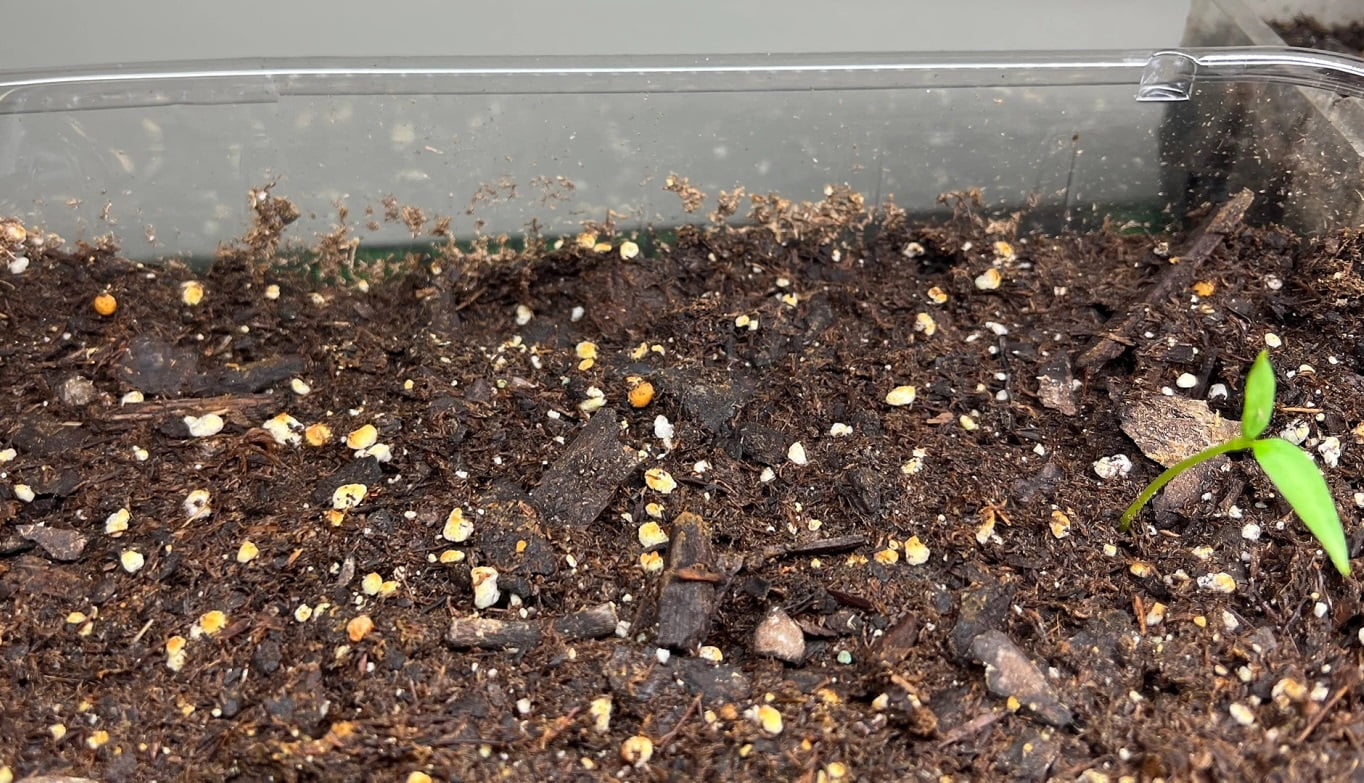
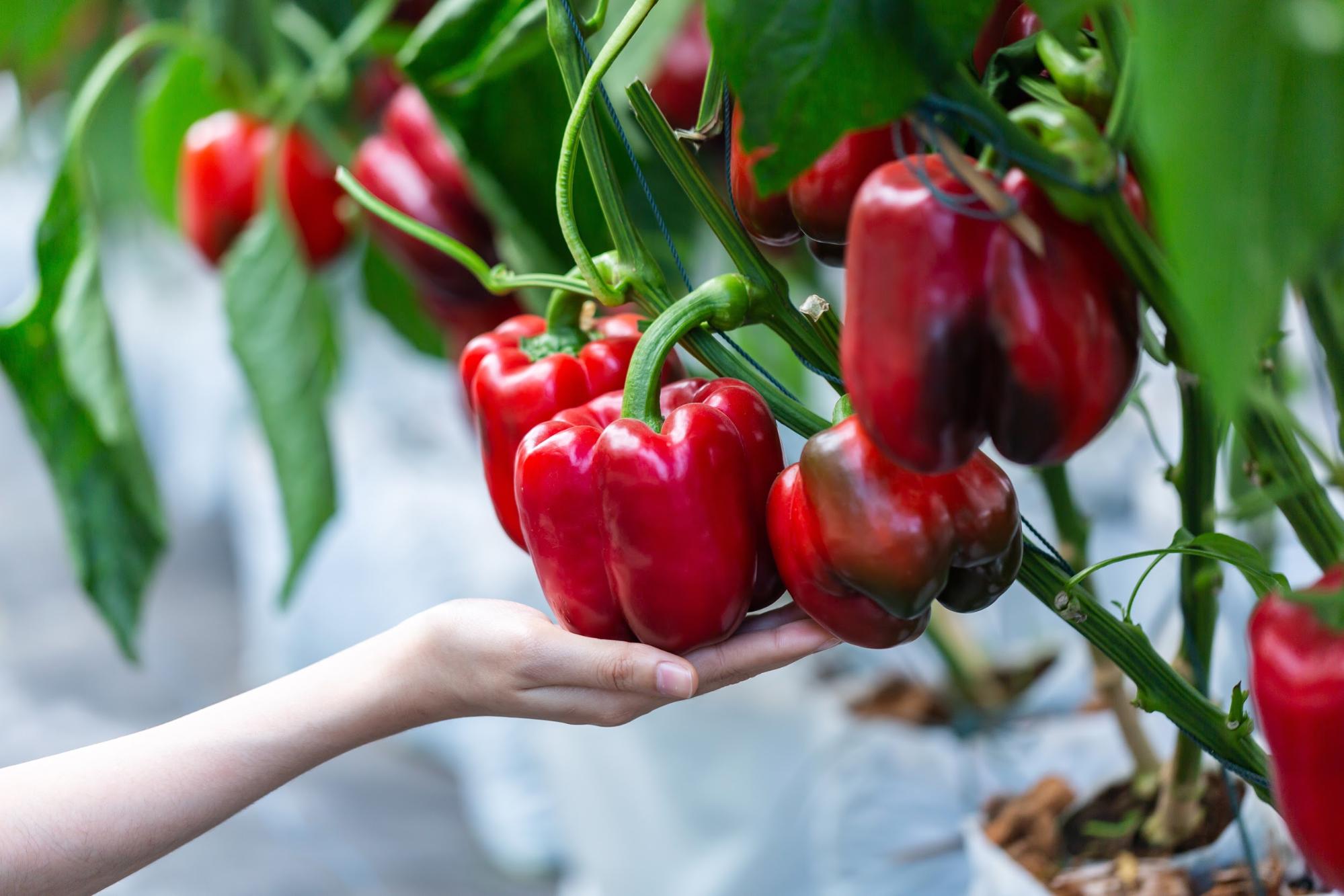
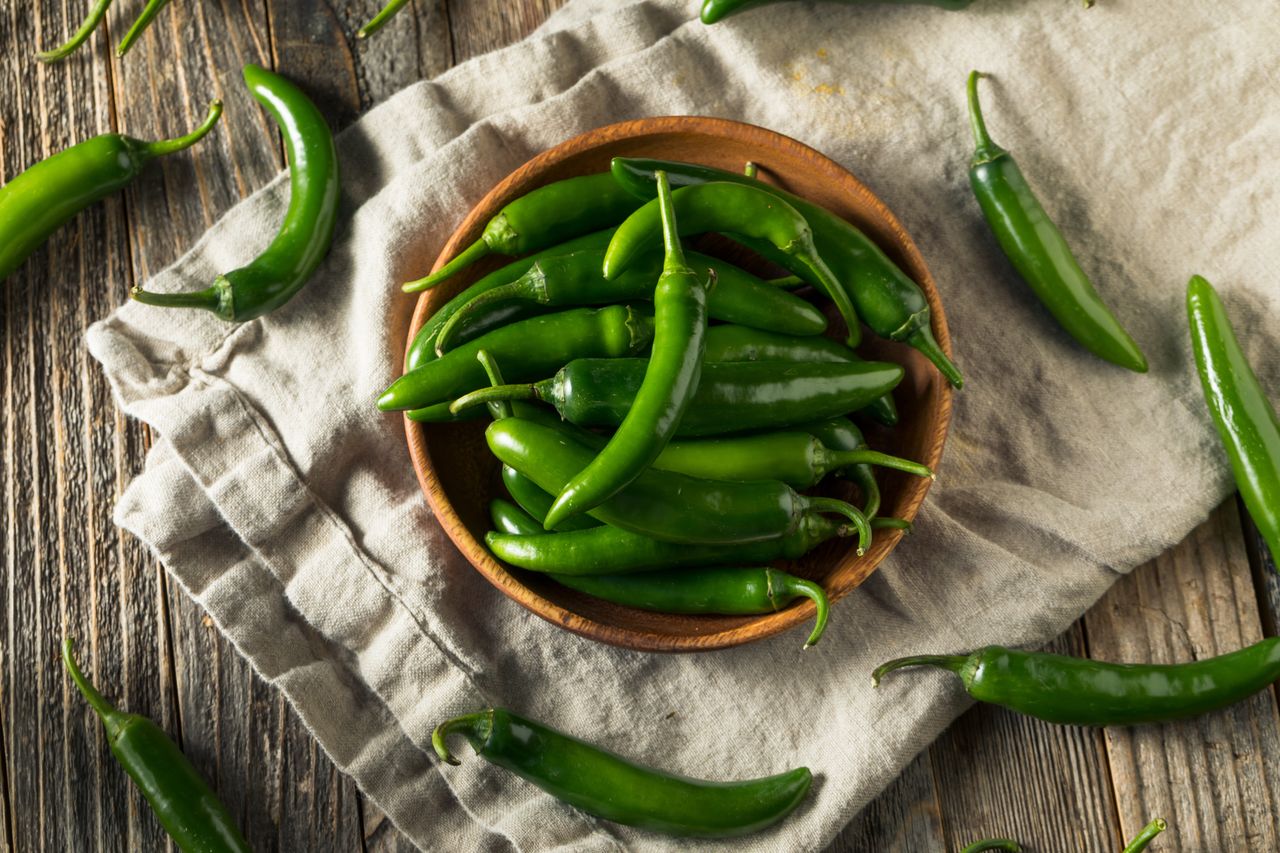
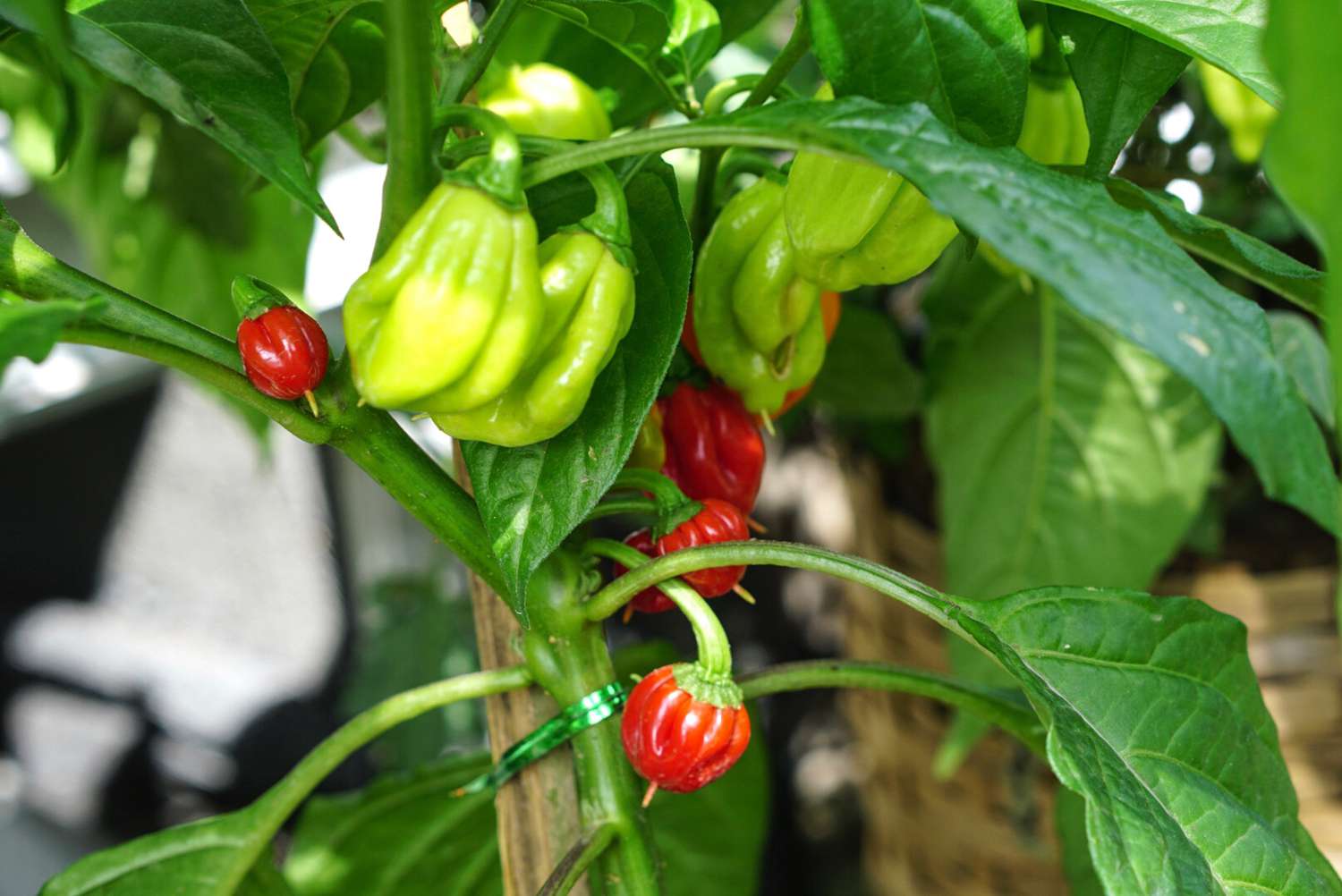
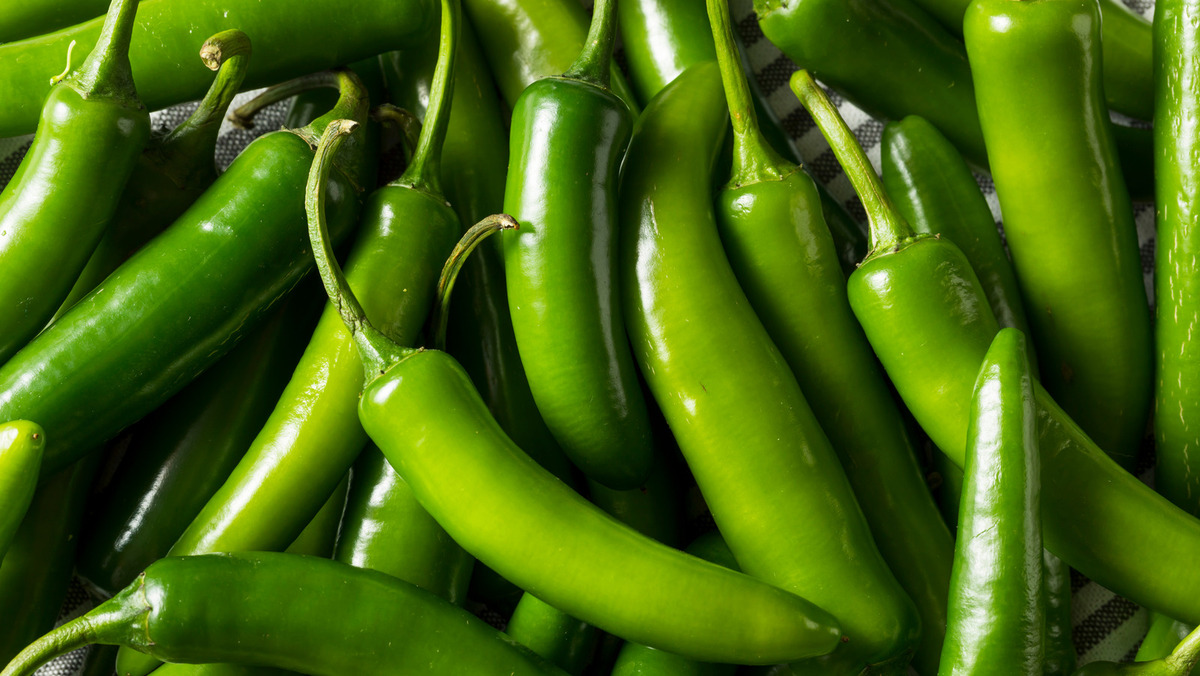






0 thoughts on “How To Grow Serrano Peppers From Seeds”